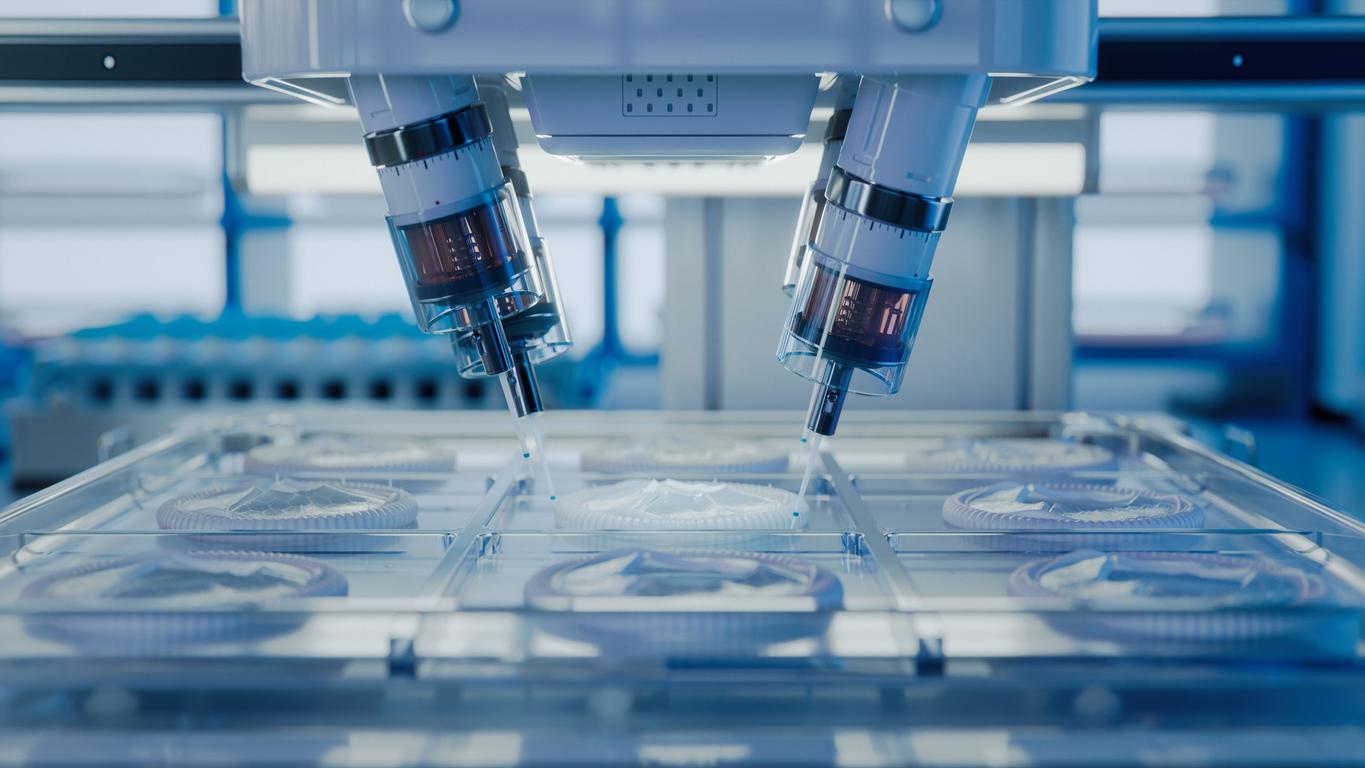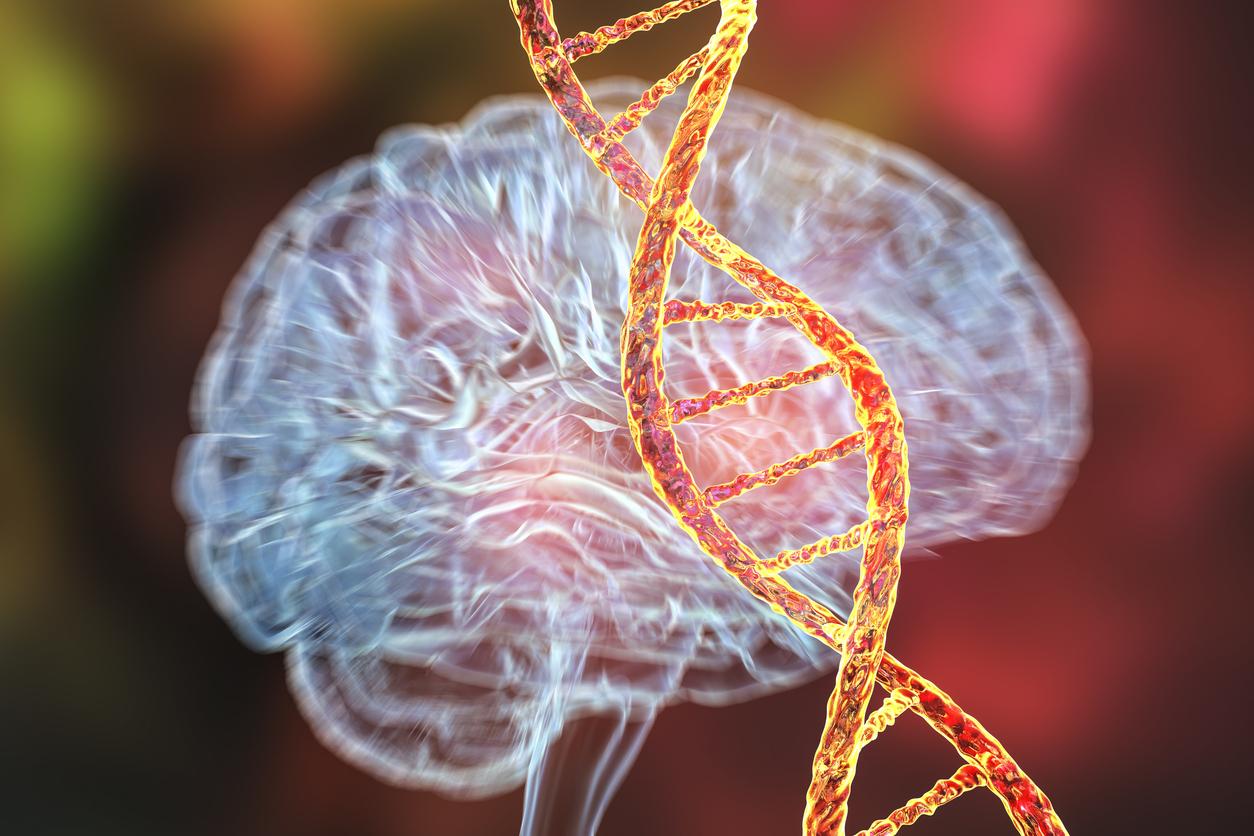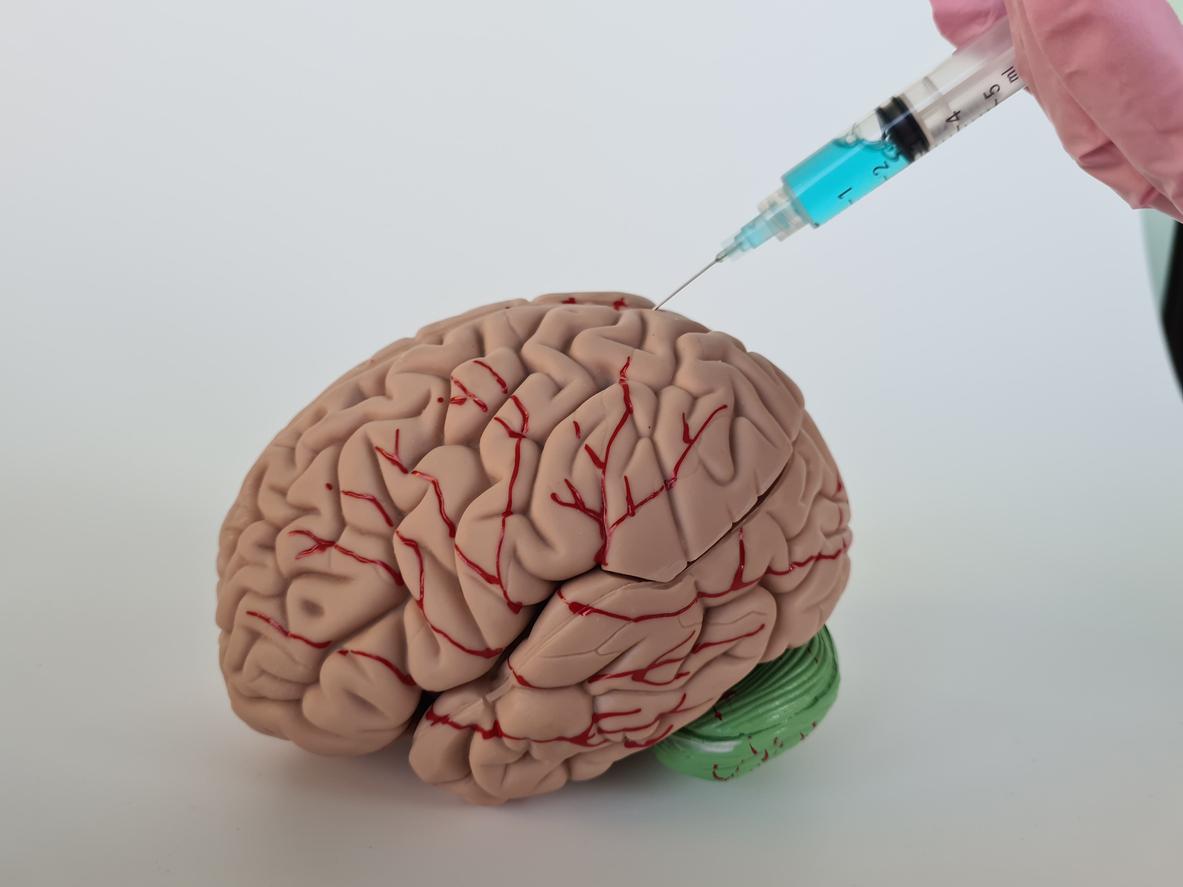Researchers have discovered that a protein, called CLEC14A, inhibits bone formation and suggest that targeting it could help fight osteoporosis.

- Researchers have discovered that blood vessels produce a protein called CLEC14A.
- The latter inhibits bone formation by slowing down the maturation of osteoblasts.
- This discovery opens the way to research into treatments against musculoskeletal diseases such as osteoporosis.
New hope for the 5.5% of the population who suffer from osteoporosis. Researchers at the University of Birmingham have identified a protein, produced by blood vessels, that blocks the development of osteoblasts, the bone-forming cells.
This discovery, which could lead to the development of treatments for bone disease, was presented in the journal Communications Biology.
Osteoporosis: a protein slows down the development of osteoblasts
The researchers’ work showed that a protein called CLEC14A is found on the endothelial cells of blood vessels.
“The job of endothelial cells during bone development is to transport immature osteoblasts to sites where new bone is needed. However, when the CLEC14A protein is also present outside the endothelial cell, osteoblasts are prevented from maturing to the point where they can form bone tissue”explains the team in its press release.
In a trial, scientists observed the development of osteoblast cells from mice genetically modified to produce or not produce CLEC14A. Cells taken from rodents without the studied protein reached maturity after four days. On the other hand, those with the protein matured eight days later.
Another observation: samples without protein showed a significant increase in mineralized bone tissue on day 18 of the experiment.
“Over the past decade, a specific type of blood vessel cell has been identified in bone. This blood vessel is called “H-type” and is responsible for guiding bone-forming osteoblasts to locations where bone growth is occurring. necessary Now we have discovered that a protein called CLEC14A can be found on the surface of type H blood vessel cells.details study co-director Dr Amy Naylor.
“In the experiments we performed, when the CLEC14A protein is present, osteoblasts that shared a turn on endothelial cells produce less bone. Conversely, when the protein is removed, they produce more bone. “

Treatment for osteoporosis: a discovery that opens avenues for research
“This additional understanding of how blood vessel cells control bone-forming osteoblasts under normal, healthy conditions provides an avenue to develop treatments for patients who have insufficient bone mass, for example in patients with fractures. which do not cure, osteoporosis or chronic inflammatory diseases”estimates the researcher.
These work results are promising. However, further research is needed to find an effective therapeutic application for this discovery.

















